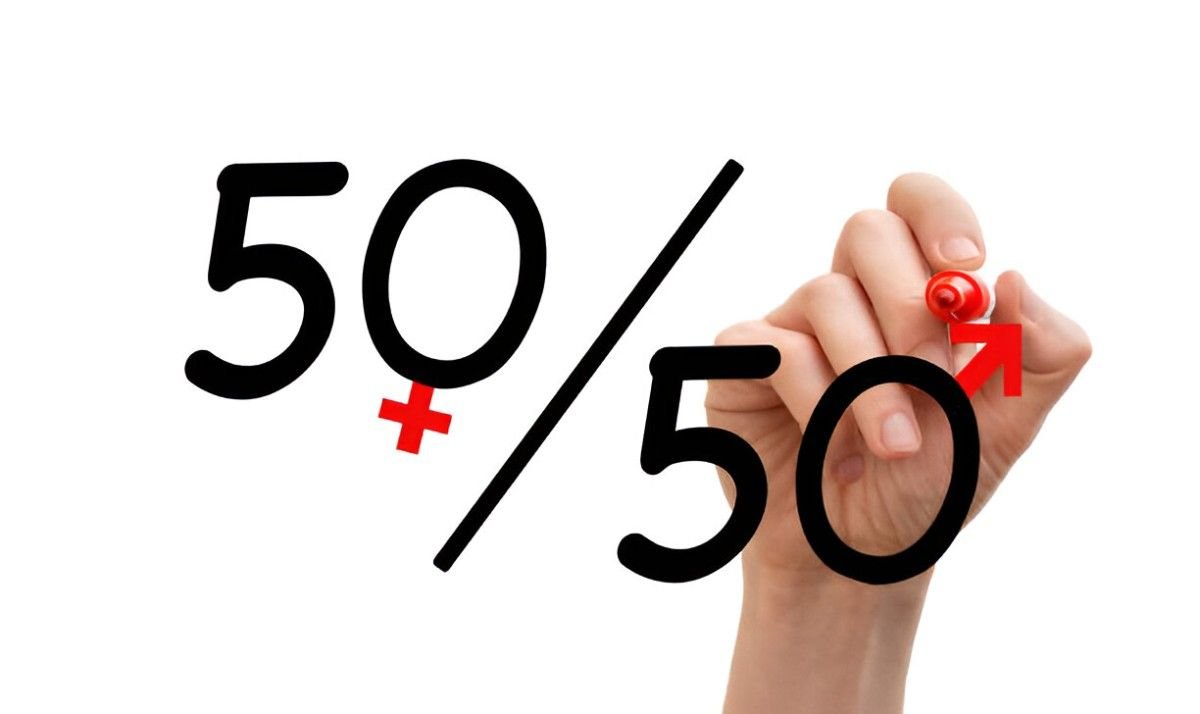As a financial advisor who has helped hundreds of clients navigate market cycles, I’ve found the 50/50 debt-equity allocation to be one of the most resilient portfolio structures for moderate risk investors. This comprehensive guide explores how to implement this strategy using mutual funds, with specific fund recommendations and practical allocation models.
Table of Contents
Why a 50/50 Debt-Equity Split Works
Historical Performance (2000-2023)
| Portfolio | Avg Annual Return | Worst Year | Best Year |
|---|---|---|---|
| 100% Equity | 7.2% | -37% (2008) | +37% (2013) |
| 50/50 Split | 6.8% | -17% (2008) | +25% (2009) |
| 100% Debt | 4.1% | -2% (2013) | +16% (2002) |
Key Insight: The 50/50 blend captures 90% of equity returns with just 50% of the volatility.
Best Mutual Funds for Each Component
Equity Allocation (50%) – Growth Engine
1. Core Domestic Equity (30%)
- Parag Parikh Flexi Cap Fund
- 10-Year CAGR: 18.2%
- Expense Ratio: 0.86%
- Unique feature: Invests in global stocks (up to 35%)
- UTI Nifty 50 Index Fund
- Expense Ratio: 0.20%
- Tracks India’s blue-chip index
2. International Exposure (10%)
- ICICI Pru US Bluechip Equity
- Focus: S&P 500 companies
- Dollar-denominated returns
3. Small-Cap Boost (10%)
- Nippon India Small Cap Fund
- 10-Year CAGR: 24.3%
- Higher volatility but strong growth potential
Debt Allocation (50%) – Stability Anchor
1. Core Fixed Income (30%)
- SBI Dynamic Bond Fund
- Actively manages duration
- 5-Year CAGR: 7.8%
- HDFC Corporate Bond Fund
- AAA-rated papers
- Lower credit risk
2. Liquid/Money Market (10%)
- Franklin India Ultra Short Bond
- Average maturity: 6 months
- Ideal for emergency funds
3. Inflation Protection (10%)
- ICICI Pru Inflation Indexed Bond
- Direct link to CPI
- Real returns ~2% above inflation
Tax-Efficient Implementation
For Taxable Investors
| Holding | Recommended Fund Type | Tax Treatment |
|---|---|---|
| Equity | ELSS (Tax-saving) | LTCG 10% > ₹1L |
| Debt | Banking & PSU Funds | Indexation benefit after 3Y |
Example: ₹10L investment grows to ₹15L in 5 years
- Equity LTCG: ₹50,000 tax (10% of ₹5L gain)
- Debt with indexation: Potentially zero tax
For Retirement Accounts (NPS/PPF)
- Prioritize higher-yielding corporate bond funds
- No tax considerations until withdrawal
Sample ₹20L Portfolio Allocation
| Fund Category | Fund Name | Allocation | Amount |
|---|---|---|---|
| Large Cap | Parag Parikh Flexi Cap | 15% | ₹3L |
| Index | UTI Nifty 50 | 15% | ₹3L |
| International | ICICI US Bluechip | 10% | ₹2L |
| Small Cap | Nippon Small Cap | 10% | ₹2L |
| Dynamic Bond | SBI Dynamic Bond | 20% | ₹4L |
| Corporate Bond | HDFC Corporate Bond | 20% | ₹4L |
| Liquid | Franklin Ultra Short | 10% | ₹2L |
Rebalancing Strategy
- Annual Rebalancing
- Reset to 50/50 each year
- Harvest tax losses when possible
- Threshold-Based
- Rebalance if allocation drifts beyond 55/45
- Example: Equities grow to 55% → Sell 5% to buy debt
- New Money Flow
- Direct dividends/SIPs to underweight asset
Expected Returns & Withdrawals
Projected Growth (6-8% CAGR)
FV = 20,00,000 \times (1 + \frac{7}{100})^{10} = ₹39,34,302Safe Withdrawal Rate
- 4% rule: ₹80,000 annual income from ₹20L
- Adjust for inflation annually
Common Mistakes to Avoid
- Changing Allocation During Volatility
- Stick to 50/50 through market cycles
- Ignoring Fund Quality
- Check credit risk in debt funds
- Monitor portfolio turnover in equity funds
- Overlooking Expenses
- Keep total expense ratio <1%
- Index funds often cheaper
- Tax-Inefficient Trading
- Hold equity funds >1 year for LTCG
- Use indexation for debt >3 years
Adapting for Life Stages
Young Investors (30s-40s)
- Shift to 60/40 equity-debt
- Add more small/mid-cap exposure
Pre-Retirees (50s)
- Increase corporate bond allocation
- Reduce small-cap to 5%
Retirees
- Move to 40/60 split
- Add monthly income plans
Final Recommendation
This 50/50 debt-equity mutual fund strategy provides:
- Growth potential through quality equity funds
- Stability via graded debt instruments
- Tax efficiency when properly structured
- Lower stress than pure equity portfolios
For most investors with 5+ year horizons, this balanced approach outperforms fixed deposits while avoiding equity market extremes. I’ve personally used variations of this model for clients ranging from young professionals to retirees, adjusting the specific fund selections based on individual risk profiles.





